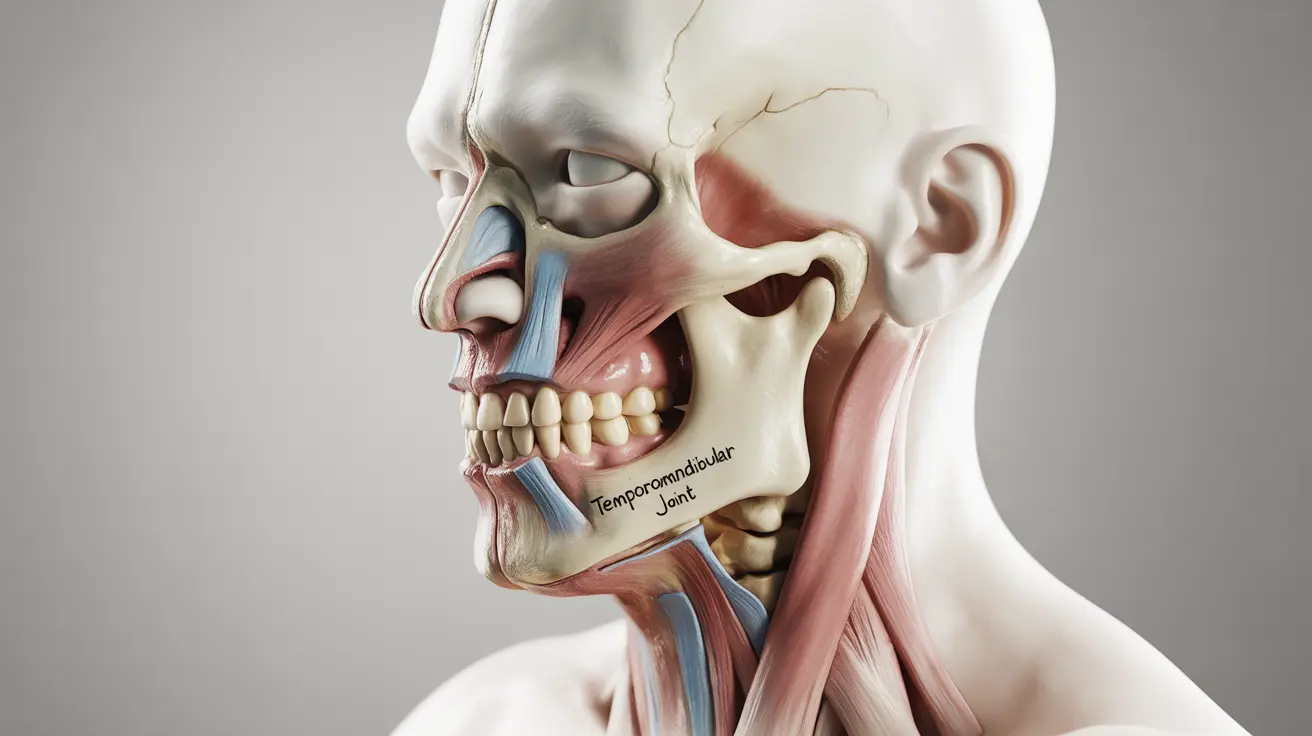Temporomandibular joint (TMJ) disorders can significantly impact daily activities like eating, speaking, and even smiling. These conditions affect the complex joint system connecting your jawbone to your skull, leading to various uncomfortable and sometimes debilitating symptoms. Understanding TMJ disorders is crucial for early recognition and effective management of this common condition.
Whether you're experiencing jaw pain, difficulty chewing, or hearing clicking sounds when you open your mouth, TMJ disorders can manifest in various ways. This comprehensive guide will help you understand the condition, its causes, and available treatment options.
Understanding TMJ Disorders and Their Impact
TMJ disorders affect the temporomandibular joints, which work like sliding hinges on each side of your jaw. These sophisticated joints, combined with various muscles and ligaments, enable the complex movements needed for speaking, chewing, and facial expressions. When these joints become compromised, it can lead to a range of uncomfortable symptoms and functional limitations.
Common Signs and Symptoms
TMJ disorders can present with various symptoms, ranging from mild discomfort to severe pain. Key indicators include:
- Pain or tenderness in the jaw joint area
- Facial pain, particularly around the ears
- Difficulty or pain while chewing
- Clicking or popping sounds during jaw movement
- Jaw locking or catching when opening or closing
- Headaches and neck pain
- Ear pain or ringing (tinnitus)
Risk Factors and Causes
Several factors can contribute to the development of TMJ disorders:
Physical Factors
- Jaw injury or trauma
- Arthritis affecting the jaw joint
- Teeth grinding or clenching (bruxism)
- Misaligned bite or dental problems
Lifestyle and Environmental Factors
- Chronic stress leading to jaw tension
- Poor posture affecting jaw alignment
- Occupational habits (like phone cradling)
- Excessive gum chewing
Diagnostic Process
Diagnosing TMJ disorders typically involves:
- Physical examination of jaw movement and function
- Discussion of symptoms and medical history
- Imaging tests (X-rays, CT scans, or MRI) when necessary
- Dental examination to check bite alignment
Treatment Approaches
Conservative Treatments
Initial treatment usually focuses on non-invasive approaches:
- Over-the-counter pain relievers
- Ice or heat therapy
- Gentle jaw exercises
- Stress management techniques
- Soft food diet during flare-ups
Professional Interventions
More severe cases may require:
- Custom-fitted night guards or splints
- Physical therapy
- Dental work to correct bite issues
- Prescription medications for pain or inflammation
- In rare cases, surgical intervention
Self-Care and Prevention Strategies
Managing TMJ disorders often involves lifestyle modifications:
- Practicing good posture
- Avoiding excessive jaw movements
- Using relaxation techniques
- Maintaining proper dental hygiene
- Taking regular breaks from extended talking or chewing
Frequently Asked Questions
What are the common symptoms that indicate a TMJ disorder? Common symptoms include jaw pain, difficulty chewing, clicking sounds when moving the jaw, facial pain, headaches, and ear discomfort. Some people may also experience jaw locking or limited jaw movement.
What causes TMJ disorders and who is most at risk? TMJ disorders can be caused by jaw injury, arthritis, teeth grinding, stress, and misaligned bites. People who experience chronic stress, have poor posture, or engage in habits like excessive gum chewing are at higher risk. Women between 20-40 years old are more commonly affected.
How are TMJ disorders diagnosed and what tests might be involved? Diagnosis typically involves a physical examination of the jaw, review of medical history, and discussion of symptoms. Healthcare providers may order imaging tests like X-rays, CT scans, or MRI to examine joint structure and function.
What are the most effective treatments for managing TMJ pain and dysfunction? Effective treatments often include a combination of approaches: over-the-counter pain relievers, ice/heat therapy, jaw exercises, stress management, and lifestyle modifications. Some cases may require professional interventions like night guards, physical therapy, or dental work.
Can lifestyle changes or home care help prevent or reduce TMJ symptoms? Yes, lifestyle changes can significantly impact TMJ symptoms. Key strategies include maintaining good posture, avoiding excessive jaw movements, practicing stress management, eating softer foods during flare-ups, and using proper ergonomics when working or sleeping.




